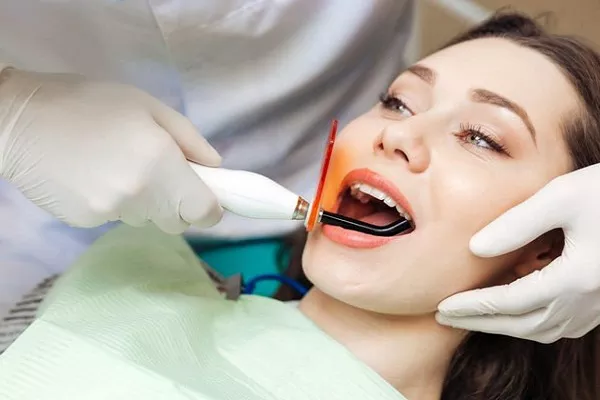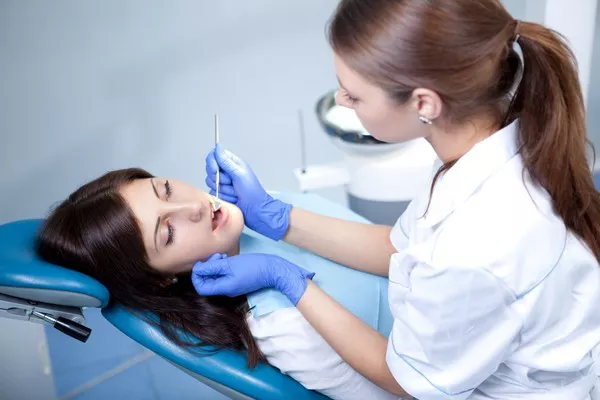Orthodontic treatments have come a long way in helping individuals achieve healthy, aligned smiles. One crucial tool in orthodontics is the use of expanders, also known as orthodontic palatal expanders. These devices play a vital role in correcting various dental issues, particularly those related to crowding and misalignment. In this comprehensive article, we will explore what orthodontic expanders are, how they work, the conditions they address, and their impact on teeth and overall oral health.
Understanding Orthodontic Expanders
Orthodontic expanders are dental devices designed to widen the upper jaw (maxilla) or the lower jaw (mandible). They are often used to address issues related to dental crowding, crossbites, narrow arches, and other malocclusions, or bite problems. Expanders work by applying gradual, controlled pressure on the jawbone and surrounding tissues, which stimulates bone growth and increases the available space for teeth to move into proper alignment.
Types of Orthodontic Expanders
There are two main types of orthodontic expanders:
Palatal Expanders: These are used to widen the upper jaw, particularly the palate (roof of the mouth). Palatal expanders consist of a framework with a screw or screws that can be adjusted regularly to create expansion.
Mandibular Expanders: These devices are less common and are used to widen the lower jaw. They are typically used in specific cases where lower jaw expansion is necessary.
Conditions That Expanders Address
Orthodontic expanders are versatile tools that can help address a range of dental and orthodontic issues, including:
Dental Crowding: Expanders create additional space in the dental arch, which can help alleviate crowding by allowing teeth to move into their correct positions.
Crossbites: Expanders can correct crossbites by widening the upper jaw to ensure that the upper teeth fit properly over the lower teeth.
Narrow Arches: Some individuals have naturally narrow dental arches, which can lead to bite problems. Expanders can widen the arch, providing more space for teeth.
Breathing and Speech Issues: In some cases, narrow upper jaws can lead to breathing difficulties and speech problems. Expanders can address these issues by improving the jaw’s structure and function.
Facial Asymmetry: In instances of facial asymmetry, where one side of the face is more developed than the other, expanders can help create balance by adjusting the jaw’s width.
How Expanders Work
Orthodontic expanders work through a controlled and gradual process. Here’s how they function:
Initial Placement: The expander is attached to the upper or lower dental arch using bands or brackets. The expander may include a screw or screws at its center.
Activation: The orthodontist instructs the patient or their parents on how to activate the expander. This typically involves turning the screw(s) using a special key. Each turn creates a small amount of pressure.
Bone Separation: As the screw(s) are turned, the expander exerts pressure on the mid-palatal suture (in the case of palatal expanders) or the mandibular symphysis (in the case of mandibular expanders). This pressure gradually separates the bones, creating space.
Tissue Adaptation: The surrounding tissues, including the periodontal ligaments that hold teeth in place, adapt to the changing bone structure. Teeth begin to move into the newly created space.
Regular Adjustments: Patients or their parents will be instructed to make periodic adjustments to the expander, turning the screw(s) according to the orthodontist’s recommendations. This process continues until the desired expansion is achieved.
Impact on Teeth and Oral Health
Orthodontic expanders can have a significant impact on teeth and overall oral health:
Alignment: Expanders help align teeth properly by creating additional space. This can lead to a more aesthetically pleasing smile and improved bite function.
Oral Function: Correcting bite issues and arch width can enhance oral function, making it easier to bite, chew, and speak.
Breathing: For individuals with breathing difficulties related to jaw structure, expanders can improve airway function, potentially reducing issues like snoring or sleep apnea.
Facial Balance: In cases of facial asymmetry, expanders can contribute to a more balanced and harmonious facial appearance.
Oral Hygiene: Orthodontic expanders require diligent oral hygiene practices. Patients should be instructed on how to clean around the expander to prevent issues like plaque buildup and gum irritation.
Conclusion
Orthodontic expanders are valuable tools in the field of orthodontics, helping address a variety of dental and jaw issues. They work by gradually widening the upper or lower jaw, creating additional space for teeth to align correctly. Expanders can have a positive impact on teeth, oral health, facial balance, and overall oral function. For individuals considering orthodontic treatment involving expanders, it’s essential to work closely with an experienced orthodontist who can create a customized treatment plan to achieve the desired results and ensure long-term oral health.
Related Topics:





























